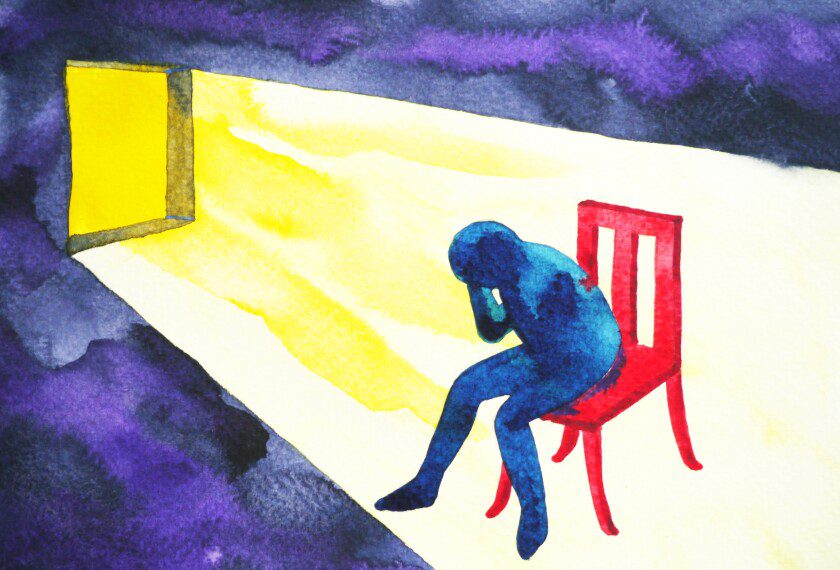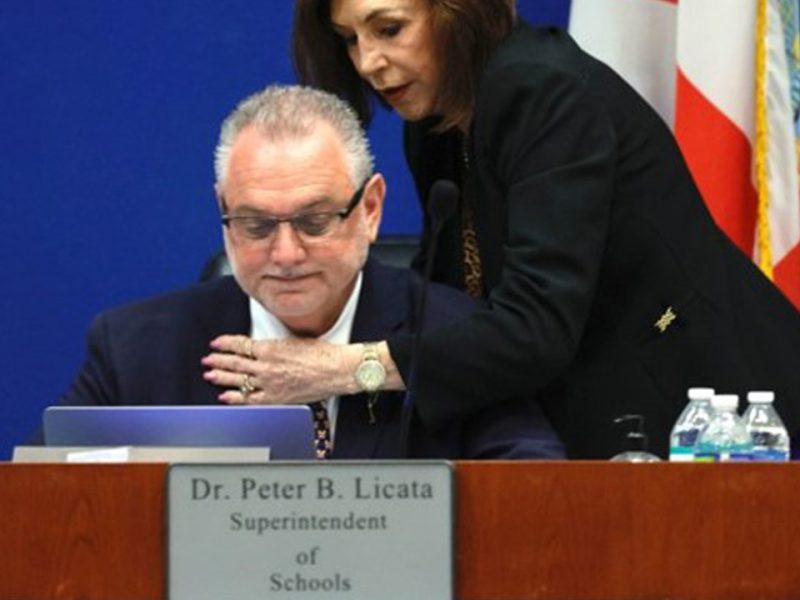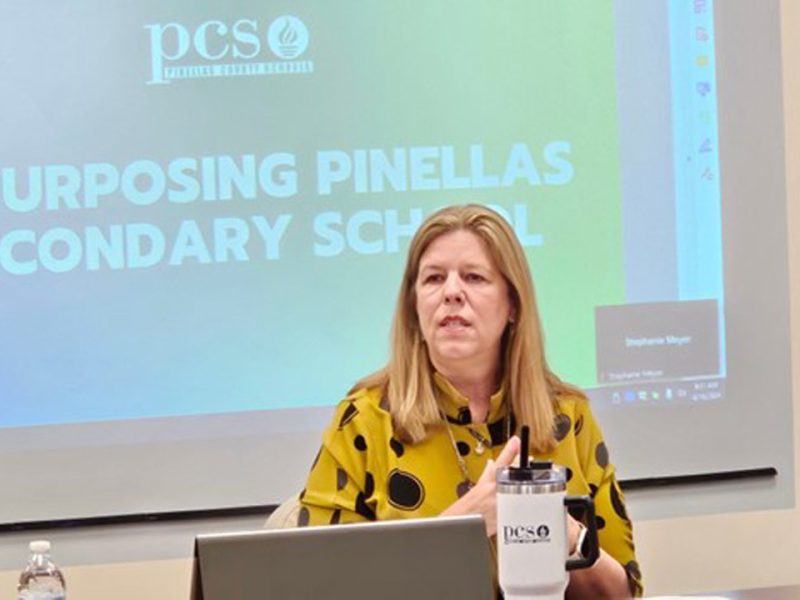Violence, Threats, and Harassment Are Taking a Toll on Teachers, Survey Shows
EducationWeek | By Madeline Will | March 17, 2022
One-third of teachers experienced at least one incident of verbal harassment or threat of violence from students during the first full pandemic school year, and 14 percent were physically attacked, a new survey finds.
Teachers and other educators also reported receiving verbal threats from parents, colleagues, and administrators over the course of the 2020-21 school year, according to the study done by a task force of the American Psychological Association. The researchers surveyed a national sample of almost 15,000 teachers, administrators, school psychologists, and other school staff, like paraprofessionals.
The violence and harassment is taking a toll, the survey found: 43 percent of teachers said they want to quit, a finding that echoes other surveys conducted during the pandemic.
Violence against teachers isn’t new. Nearly 6 percent of teachers reported being physically attacked by a student, and about 10 percent said they were threatened with injury in the 2015-16 school year, according to the most-recent federal data available. While that data isn’t directly comparable to the APA survey, educators have said anecdotally that student misbehavior has worsened during the pandemic and violence in schools seems to be increasing, perhaps because of the trauma students have experienced.
“I think one of the things our study is showing is there are very high levels of stress” in schools, said Susan McMahon, the chair of the APA Task Force on Violence Against School Personnel and a professor at DePaul University. “There’s all of these social-emotional issues that interfere with teaching and learning.”
During the 2020-21 school year, many schools stayed remote or offered a hybrid mode of instruction—making the rates of physical violence notably high, McMahon said. The APA plans to conduct two additional surveys this school year and next school year to measure whether the rates of violence change over time, especially now that nearly all schools are back in person.
Physical violence takes a toll
In addition to teachers, 15 percent of administrators reported an instance of physical violence, as did 18 percent of school psychologists or social workers and 22 percent of school staff, a category that encompasses paraprofessionals, instructional aides, and school resource officers. Physical violence was defined in the survey as a physical attack or having objects being thrown or used as weapons.
Student physical violence occurred most commonly in pre-K through 6th grade.
Past research has found that teachers who were the victims of physical attacks from students are likely to say the incident had a negative impact on their job performance. A sizable number of educators who are victimized at school don’t tell their family or their colleagues, with researchers attributing their silence to feelings of shame or guilt.
The survey found that educators were also being verbally victimized by parents. Twenty-nine percent of teachers and 42 percent of administrators said they’ve been verbally threatened or harassed by parents during the 2020-21 school year.
Some parents have been at odds with their school over school closures or mask policies. A national EdWeek Research Center survey, conducted last fall, asked district leaders and principals whether anyone in their district had been physically or verbally threatened over policies related to COVID-19. The respondents pointed to principals (43 percent), superintendents (41 percent), and teachers (28 percent) as people in the district who have been threatened.
“The parent aggression is, I think, really concerning, and it speaks to the need to better build parent connections with the school,” McMahon said.
Smaller numbers of educators—including 14 percent of teachers and 19 percent of administrators—reported receiving verbal threats from their colleagues. But 18 percent of teachers said they were verbally victimized by an administrator.
During the 2020-21 school year, many teachers and their unions resisted going back to in-person schooling for fear of COVID-19 exposure. In an open-ended response, one teacher wrote that administrators belittled teacher concerns, adding, “I have been called ungrateful, lazy, whiny, entitled, uncaring, heartless, selfish, stupid, and more.”
Teachers need administrative support
Teachers who responded to the survey spoke of a lack of support from administrators when it came to student behavior.
McMahon said her past research shows that it can be traumatic for teachers who have been victimized to not feel like their principal has their back. Teachers who were physically attacked would say, “The worst thing is that my principal didn’t back me up—they blamed me, they took the other person’s side,” she said.
And teachers who report less support by their principal are more susceptible to multiple victimizations from students, parents, or colleagues.
Schools—and teacher-preparation programs—should offer more training and support for educators that focuses on social-emotional learning, trauma-informed practices, cultural sensitivity, de-escalating tense situations, and crisis response training, the APA task force recommends. And teachers should receive more training on how to communicate effectively with parents, McMahon said.
“When you think about all of the stresses going on with schools, it may feel like a heavy lift to even do more of that,” she said. But “there’s a lot of need for us to do more.”
The APA task force also calls for more mental health support for both students and educators. And McMahon said there should be systems and policies in place for educators to report any aggression when it happens. With the staffing shortage, teachers are often waiting a long time for students with behavioral issues to get assessed and receive special services, she said.
More support and mental health resources would help address student behavior issues through restorative justice without resorting to exclusionary discipline, like suspensions, McMahon said: “We don’t want to just kick the kids out of school.” (The APA task force also does not recommend additional school police or resource officers as a result of this survey’s findings.)
Administrators and policymakers need to take seriously these results and think proactively about how to foster a more positive work and school environment, McMahon said. “We need to value … the people who are working in our schools.”






